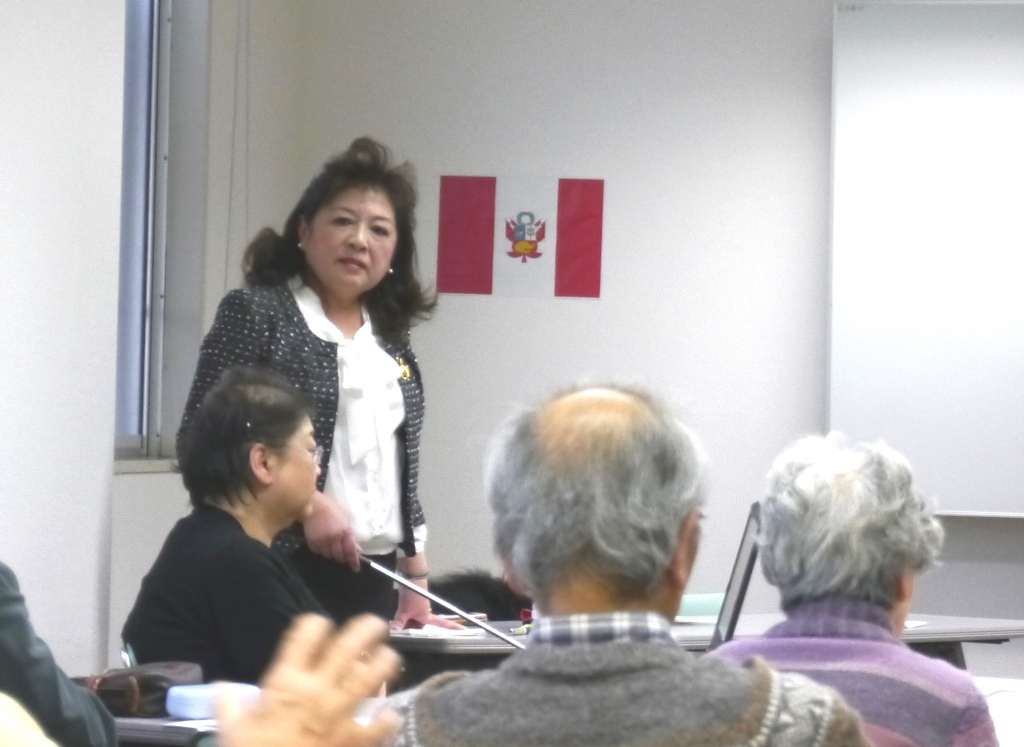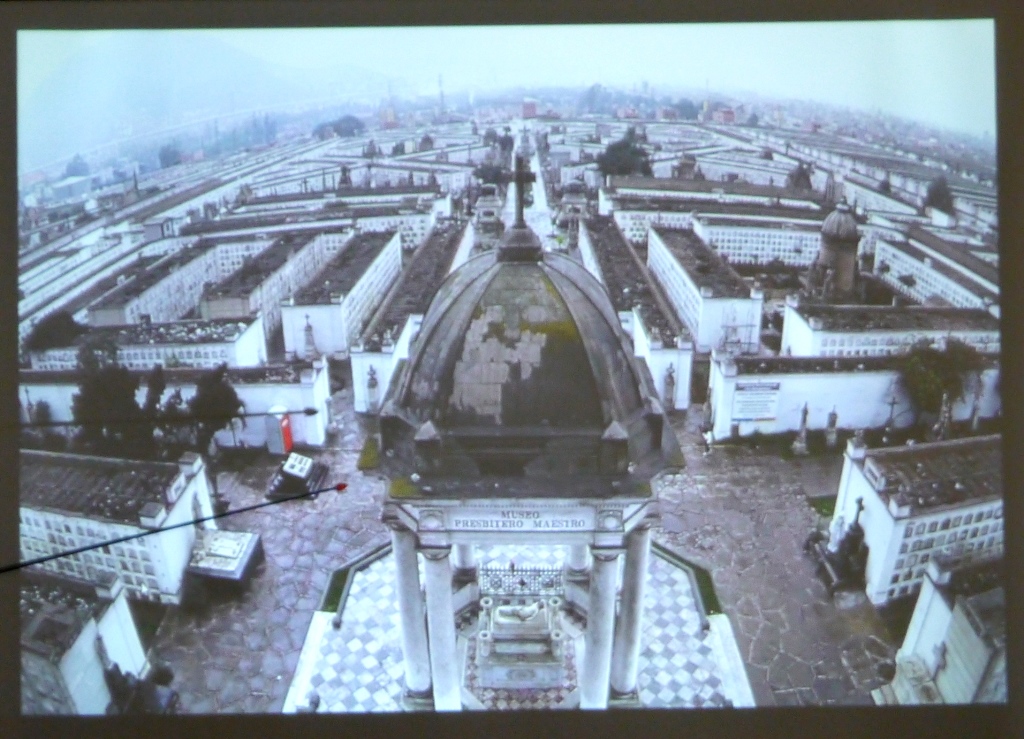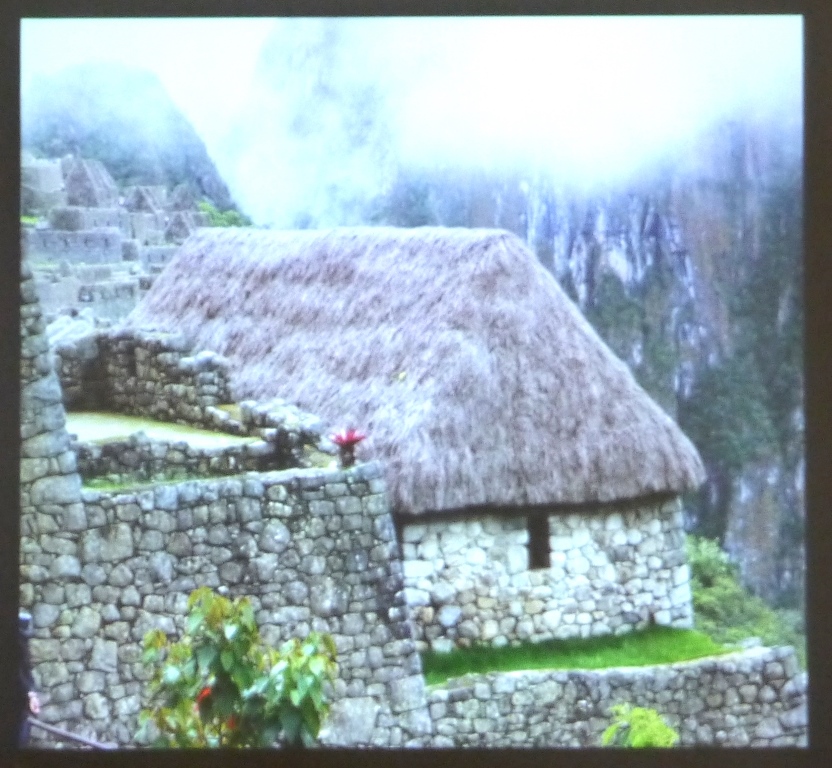
Date & time : Feb 24 (Sat),2018 14:00~15:30
Place : Abiko Citizen Plaza No.1 meeting room
Instructor : Ms. Adaniya Sakuray Gladys (from Lima,Peru)
Participants : 27 people incl. 3 staff members (Tabuchi, Sekiguchi, Arai)
Adania-san is also the instructor of AIRA’s Spanish Language Salon.
Peru is far located just opposite side of the earth from Japan, but is a familiar country to us because many Japanese had immigrated there for life from old days.
This time, she lectured about the world heritages such as Machu Pichu, places for sight-seeing, history, local food and actual life style.
Peru is surrounded by the Pacific Ocean, Ecuador, Colombia, Brazil and Bolivia, consisting of the desert zone of the coastal place, the highlands connecting to the Andes and Amazon Basin, which caused both various topography and big regional differences. Also, Peru is multi- national country and their official languages are not only Spanish but also Quechua and Aymara. Even Spanish is sometimes difficult to understand depending on the area due to the different speed of talking and/or dialects.
In the New Year holidays, people visit seven churches just like we visit the Seven Deities of Good Luck in Japan. It seems they are respecting not only Christianity but the traditional religion of the indigenous people.
There are approx. 3,000 kinds of “papa peruana” (Peruvian potato) which have various colors and textures. Potatoes are indispensable for Peruvian dishes and used for various cooking. Peru is proud of being the country of origin of potatoes which were cultivated at the periphery of Lago Titicaca in BC 8000.
Though the old custom of earth burial still remains, there are new types of graves, that is, apartment-type (capsule-like) graves. It is interesting to see how they clean up higher graves or how they visit graves.
In addition to the introduction of Machu Picchu and the ruins, the buildings roofed with straw similar to thatched-roof houses of Hida Takayama and a Japanese man (Nouchi Yokichi) from Fukushima pref. were also introduced. Nouchi contributed for the development of the village through construction of railways and opening of the first hotel in the village and became the first village mayor.
At Lago Titicaca, people are living on floating islands made by multi-plied reeds called Totora. They make a living by fishing, bartering fish for meat, potatoes, etc.
Explanations were also given about sacrifices to the gods and the difference among the cultures of Azteca, Maya and Inca.
The commodity prices are generally low. For example, US$0.4 (approx..\ 40) for water, US$0.7 (approx. \75) for 1kg of onions, US$1 (approx. \106) for 1kg of tomatoes, andUS$0.7 (approx. \75) for 1kg of potatoes. On the other hand, the price of McDonald’s (one set) is US$4 (approx. \425) and at a restaurant a hamburger set is US$9(approx. \955), both of which are much higher than other items.
At the last Q&A time, questions about the language of Aborigines and their life were raised. She also explained people who have no letters and the terrorism due to poverty and inequality among the races. As such, lively discussion about Peruvian society was continued.
(Translated by Katsumi Nakajima)



